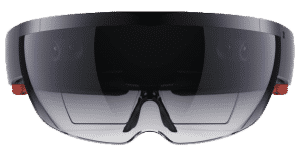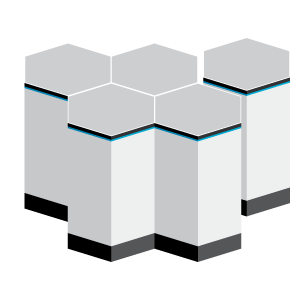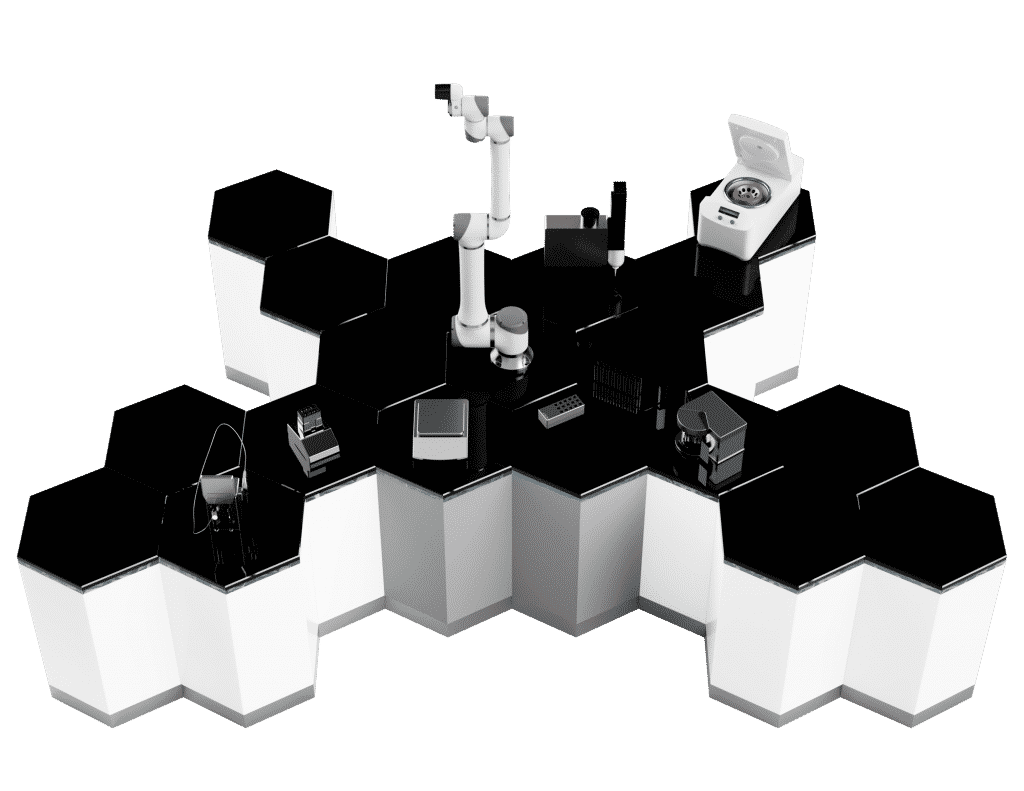What is LABVO Smartlab?
LABVO Smartlab is an innovative laboratory of the future stage. The operations of Smartlab integrate with emergent technologies including artificial intelligence, automated instruments, interfaced resolutions, and cloud-based data management system. This approach optimizes workflow complexity and enhances effectiveness and efficiency.
Objective
Today’s laboratories endure immense pressure to keep up with technological trends and future requirements. However, the biggest challenges of which are not only the ways of research become more complex, and, the cross-work volumes are tremendously increased. Crucially, the rise of artificial intelligence, crowdsourcing, and digitalization are revolutionizing how the future lab would be transformed.
The concept of Smartlab employs innovations and techniques to bring customized lab designs to life. The modular design flexibly adapt users’ unique needs and characteristics which enhance lab space and productivity.
Main users
Modular design allows flexibility and reconfiguration. Hence, LABVO Smartlab can easily adjust and suit a wide range of industrial requirements. For instance, R&D, pharmaceutical, food safty, biotechnology, university and government labs, etc.
Core Elements
LABVO Smartlab integrates a number of interactive technologies (hardware and software) that make operating a lab more efficient. They are described below:

Smart Wearable
Smart wearable are digital portable devices such as eyeglasses, micro-cameras, tablets, and mobile phones. They are utilized for communication, monitoring, and identification. LABVO Smartlab system can be controlled via Smart Glasses by voice or gesture. Through the Smart Wearable, users can obtain real-time data rapidly, and conduct virtual meeting with colleagues in other locations to review outcomes.

Smart Instrument
Smart Instruments are automated types of equipment that connect and communicate with each other, i.e., robotic arm, homogenizer, etc. In contrast to fully automated labs, LABVO Smartlab allows automation replacing humans for the repetitive and highly mechanical tasks, however, it autonomously enables humans to interact in real-time for quickly responding to resolutions.

Smart Furniture
Smart furniture allows the laboratory infrastructure with plug-and-play adaptability. This approach facilitates reconfiguring modular tables as objective focus and requirements. Furthermore, lab workflow can be optimized with specialized data management solutions, i.e. ELN, LIMS, which allows users to control settings and parameters effortlessly.
Smart Assistant
LABVO Smartlab is controlled by the artificial intelligence (AI) system, named SmartAssistant. The system leads collaboration between humans and robots, it also contributes powers of inquiry and analysis that go beyond humanly possible. In terms of efficiency, working across complex and multiple disciplines become easier. Based on real-time analysis, the system assures the workflow procedures carrying out accurately. SmartAssistant having the following 5 features:

